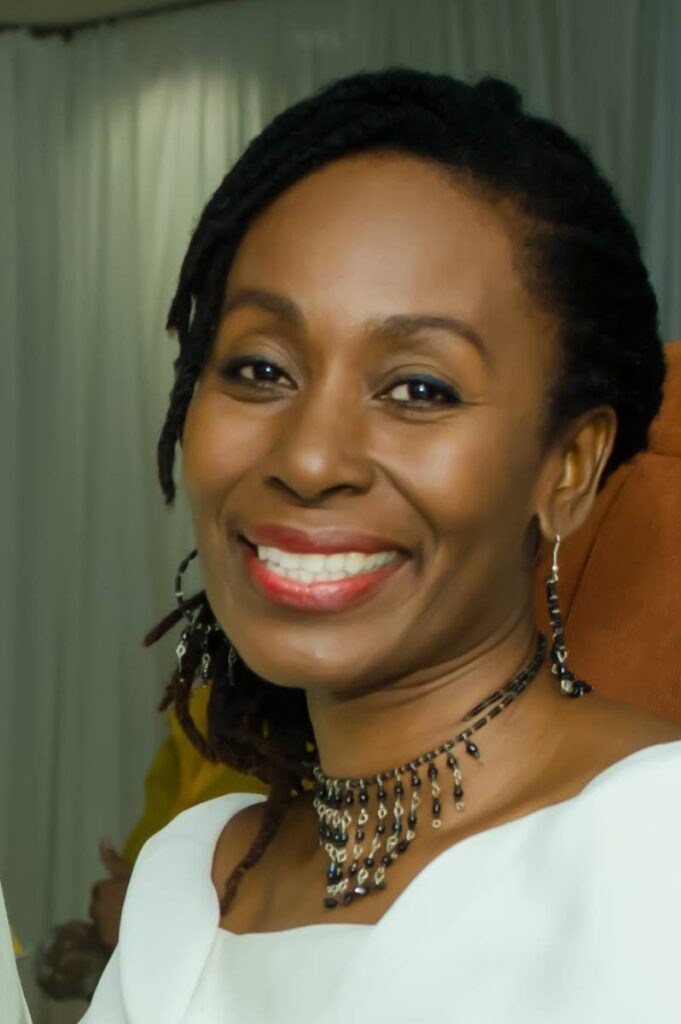Limbo for we

Culture Matters
Carnival Stories
Dara E Healy
limbo limbo like me
drum stick knock and the darkness is over me
knees spread wide and the dark ground is under me
down down down and the drummer is calling
sun coming up and the drummers are praising me
up up up and the music is saving me
hot slow step
on the burning ground
– from Limbo by Kamau Brathwaite
THERE ARE many stories in our Carnival that are hidden from us. The information is there, collected and preserved by historians like JD Elder, in novels, poems, songs, dances and on the streets of the towns and cities that we pass through every day. In the face of all of the death and turbulence in our world, this dance about death holds many valuable lessons. Critically, limbo, a dance of death, is really about life and the will to live.
Limbo was traditionally performed at wakes as a celebration of the life of the departed. Historian Carlton Ottley is credited with explaining that in Tobago the family of the deceased would shout, “People, wake up, wake up, people, wake up” to rouse the community when the death was discovered. As Molly Ahye wrote, for African peoples, “Death is closely linked with life and reproduction.”
The design of the dance is connected to this philosophy. It is broader and more hopeful than the Christian interpretation of limbo, being lost, or the medieval Latin phrase – in limbo – on the border of hell. Early interpretations connected the dance to the dehumanising conditions on the slave ships. The darkness, stench of bodily fluids and cramped conditions, where Africans were chained so close together that they could not move, influenced the way that the dancer is required to move under the bar, with the body twisted and moving in a confined way.
The movement of the bar from the highest to the lowest is a relatively modern interpretation, created mainly for dramatic or entertainment purposes. Limbo was originally “performed for nine nights with the mourners going under the bar which started at its lowest level on the first night.” As the ritual progressed, every night the bar would be raised to its highest level, signifying that the soul of the deceased is now fully transitioned.
Interestingly, the ninth night represented “victory of life over death.” As with many of our traditions, there is the syncretisation or combining of traditional African beliefs with Christian practices.
However, it is important to recognise that during the smoke ceremony of indigenous peoples, for instance, they move the pot with the ritual materials and smoke, "from the lowest earth to the highest heaven."
Apart from the drumming, another important element of the limbo is the song, delivered in the call and response style typical to calypso and other forms of African-influenced music. Call – "I want somebody to limbo like me." Response – "Limbo, limbo like me.”
I have not yet discovered the origin or explanation of this song, but it certainly speaks to the community-based nature of African folk forms. The singer is inviting participation and perhaps even challenging the competition to come forward.
A powerful explanation for the word limbo is that it derives from the word Legba, Haitian for the Yoruba deity Esu (Eshu). Eintou Springer incorporates the Haitian prayer “
Atibon Legba/Ouvre Baryè pour moi” at the beginning of one of her poems, acknowledging that Esu stands at the crossroads, guiding us in our decision-making. It is also written as
Papa Legba, Ovvrier Barriere Por Moi Passer. Legba is recognised as the gateway to the spirit world. Thus, the dancer, after being bent and twisted (as on the slave ship), eventually moves from under the barrier and rises into the world of the spirits.
While I consider Julia Edwards one of our most significant cultural innovators, it is a tragedy that emphasis now seems to be placed primarily on the spectacle and acrobatic nature of limbo.
Our folk forms are deeply connected to ancestral values and insights about the universe. Further, Carnival is grounded in subversion of elitist attitudes, resistance and rebellion. As one writer observed, the limbo “demonstrates that no matter how impassable the barriers to freedom might appear to be, they can always be breached.”
Younger generations need to know the meaning behind their culture if they are to break through the barriers of this world. We owe them that much. Time to limbo like we.
Dara E Healy is a performance artist and founder of the Indigenous Creative Arts Network – ICAN


Comments
"Limbo for we"